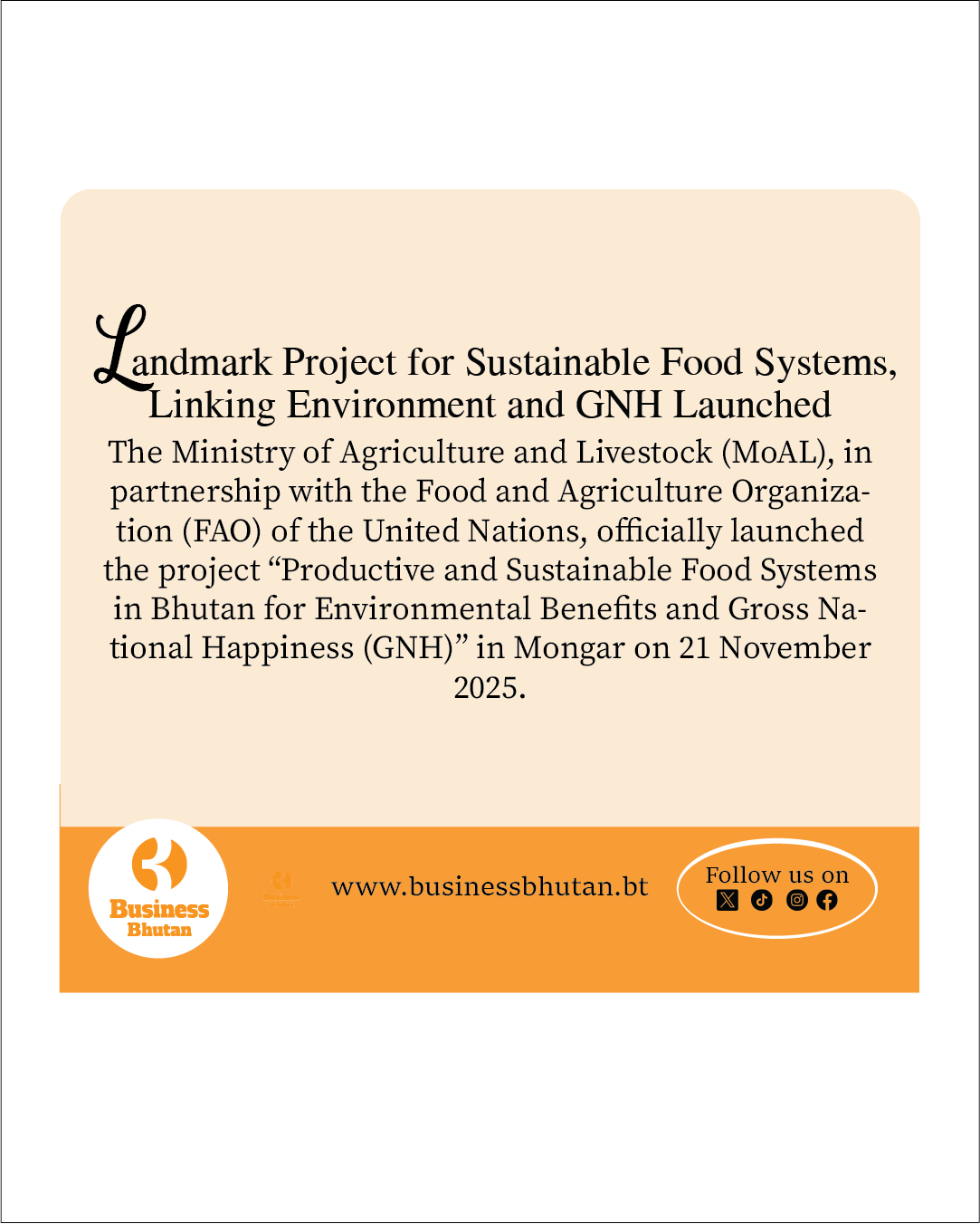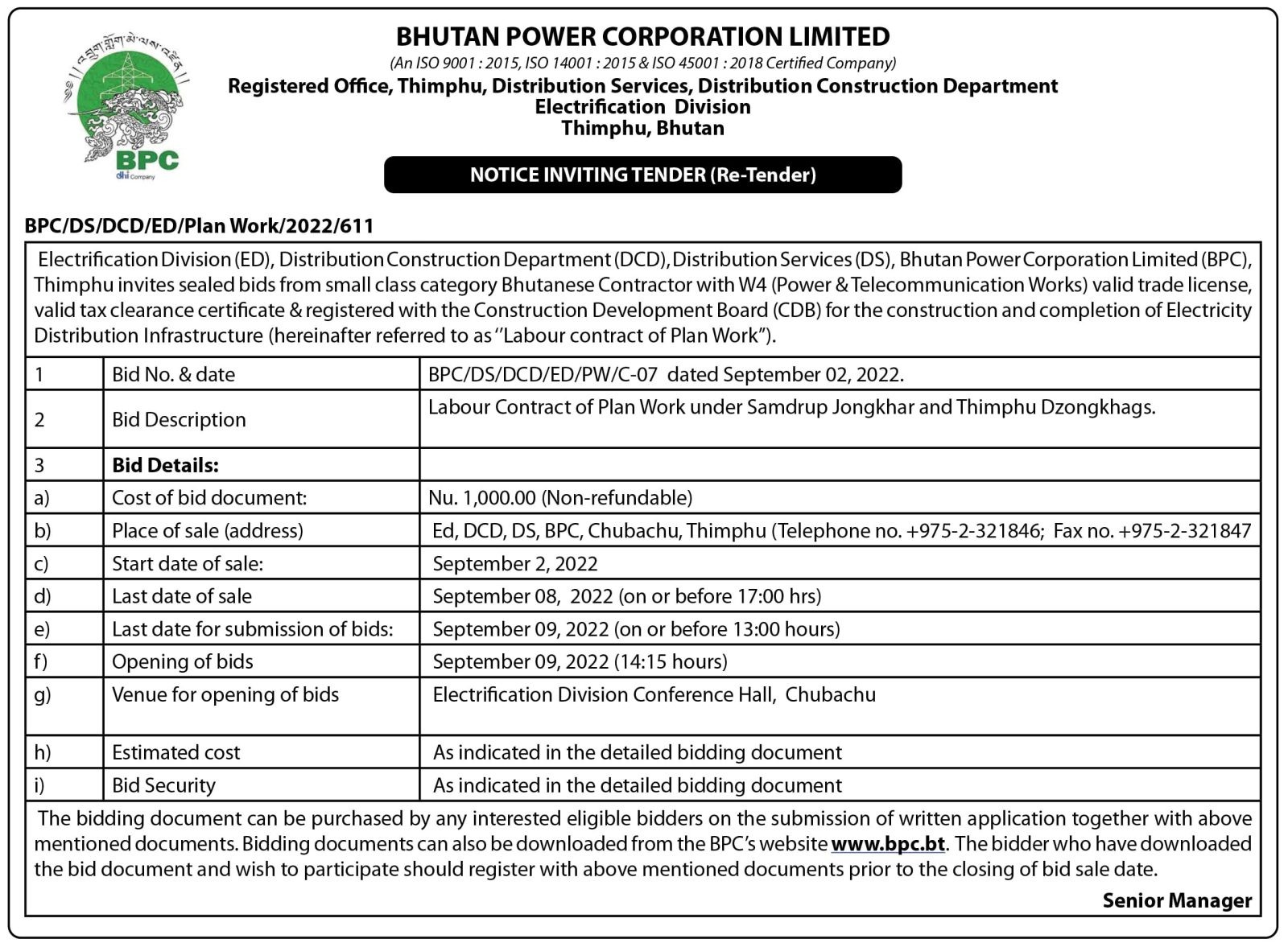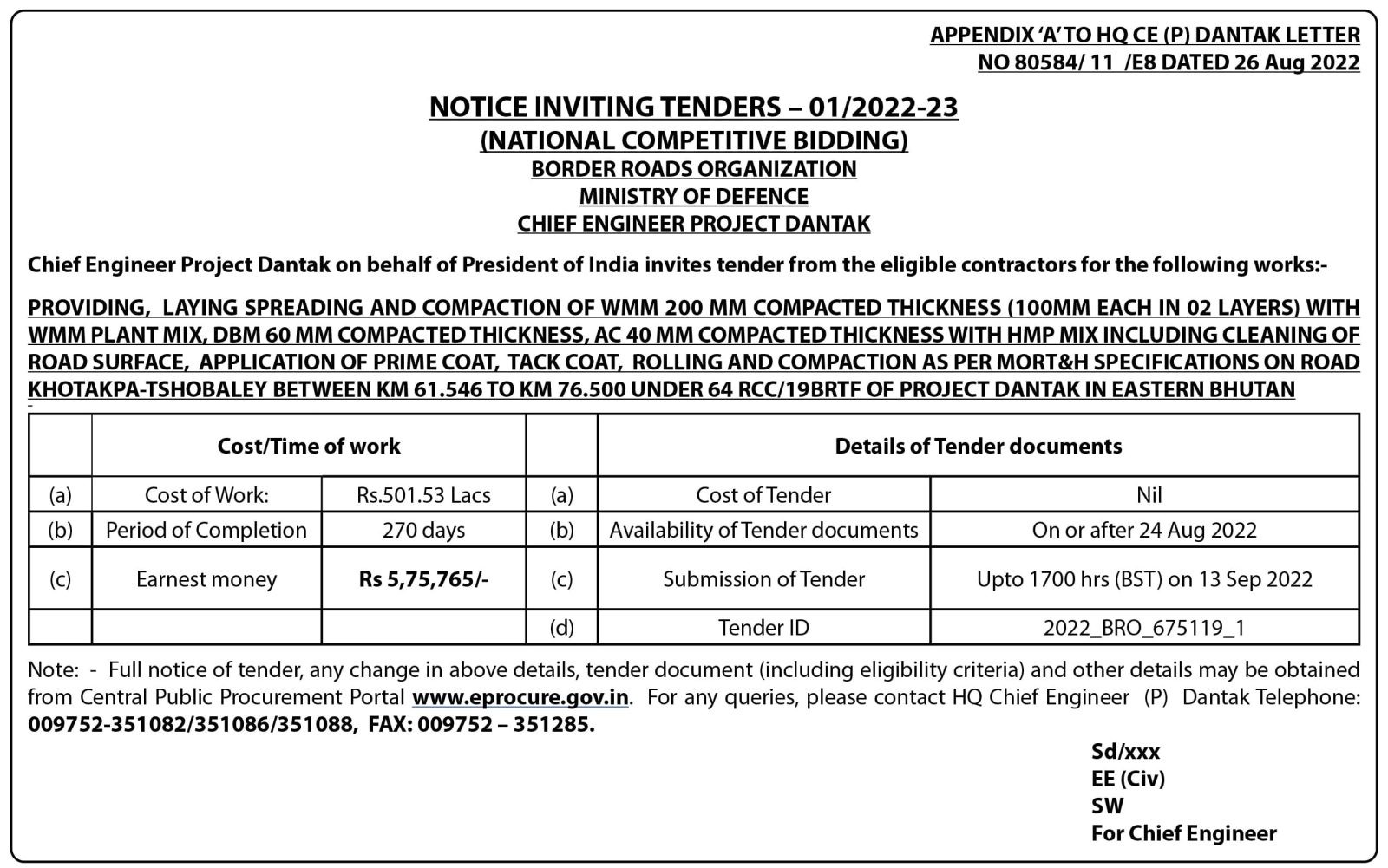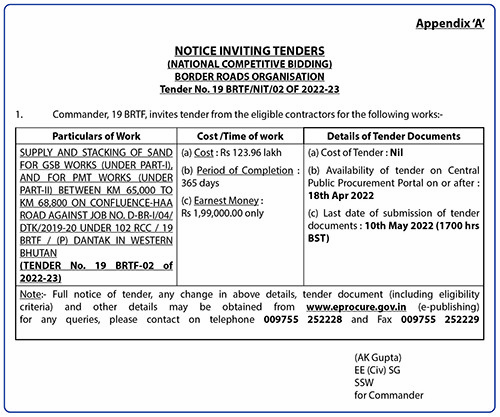The Economic Stimulus Program (ESP) was officially launched on May 19, 2024, with financial backing of Nu 15.00 billion from the Government of India. The ESP aims to provide affordable credit to aid Bhutan’s economy in recovering from the impacts of the COVID-19 pandemic.
The program’s primary objectives are to enhance domestic production in targeted sectors to generate employment and promote self-employment, strengthen foreign currency reserves, and foster the creation of new businesses.
However, during the 8th Meet the Press, Prime Minister Dasho Tshering Tobgay acknowledged that the ESP did not progress as anticipated. He attributed this to complex procedures, as the public found the application process challenging, financial institutions had their own operating systems, and there was a shortage of human resources. The government has pledged to provide support to address these challenges.
To address public confusion regarding the application process and eligibility criteria, the government and financial institutions are working proactively. According to an official from the Royal Monetary Authority, ESP disbursement was hindered mainly by documentation requirements.
While Participating Financial Institutions (PFIs) are aware of the impacts of non-performing loans (NPLs), they have expressed willingness to cooperate with the government. The official added that it is the RMA’s responsibility to safeguard these financial institutions.
The ESP provides low-interest, collateral-free loans through two support windows: the Concessional Credit Line (CCL) and the Reinvigoration Fund (RGF).
The CCL is designed to support new business loans and scale-ups in specific sectors, with loans available at an interest rate of 4% per annum, collateral-free but backed by assets where applicable.
The RGF aims to assist distressed businesses with potential for growth and recovery from setbacks due to the pandemic or other external factors. The RGF operates through two modalities. In the first case, eligible borrowers’ outstanding loans are subsidized by 4% per annum for up to three years. Borrowers will bear the difference between the subsidized and existing rates of PFIs. The PFIs will annually assess borrowers’ progress, commitment, and viability to determine if the subsidy should continue within the three-year limit.
In the second, the ESP will subsidize the interest rate by 4% per annum for any additional loans provided by PFIs. Borrowers will bear the difference between the subsidized and existing rates. However, a borrower can only qualify for either Modality I or II, not both.
Applicants must meet specific requirements, and loans will only be provided after they secure a business license from the relevant authority. For agriculture and livestock, the maximum investment scale is Nu 1 million, while production and manufacturing for cottage and small industries (CSIs) is up to Nu 10 million. For medium-scale production and manufacturing, the cap is Nu 100 million, with no cap for business reinvigoration.
Primary agriculture and livestock sub-sectors include crop cultivation, fishery and aquaculture, poultry farming, piggery, cattle raising, other animal raising, mixed farming, agricultural machinery, agri-infrastructure, and dairy product support.
So far, banks have received 422 applications for the ESP Concessional Credit Line, resulting in 41 approvals. The ESP Reinvigoration Fund received 53 applications, of which only 10 were approved.
By Sangay Rabten, Thimphu




![Fresh Beginnings: Pasakha Vendors Gear Up for New Vegetable Market - Duplicate - [#16963] Fresh Beginnings: Pasakha Vendors Gear Up for New Vegetable Market - Duplicate - [#16963]](https://businessbhutan.bt/wp-content/uploads/2025/11/Asset-200.png)











